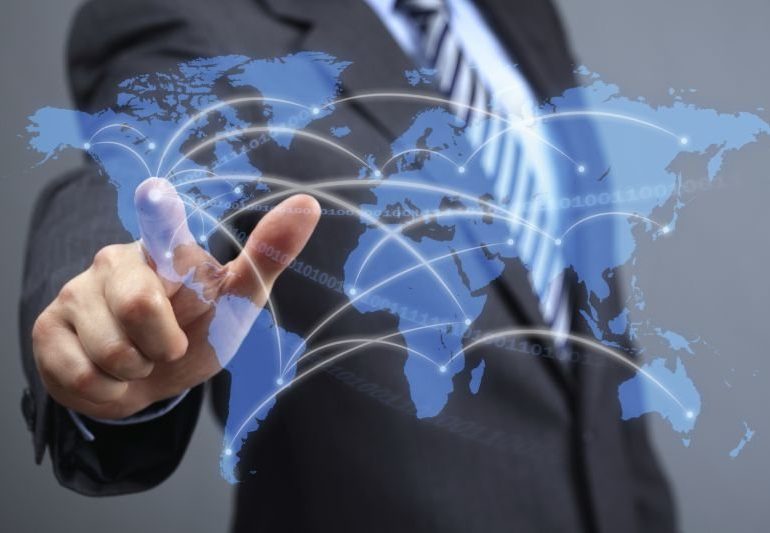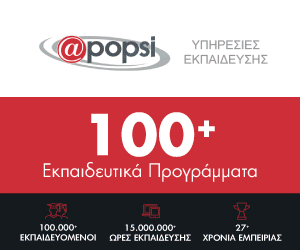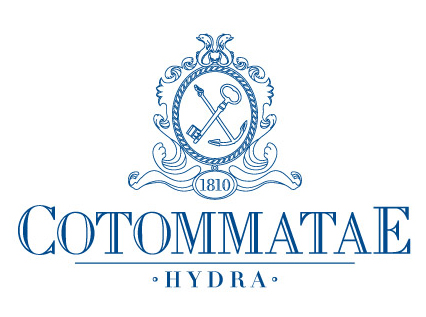Pierre Cariou was involved in organising the ISLI Supply Chain Forum, “Emerging Challenges in a Complex Future”, held at the Kedge Business School in Bordeaux in March 2018. One of the panel discussions moderated by Pierre Cariou focused on the digitalisation of shipping supply chains. Dominique Lebreton, MGI chief business development officer, also spoke about Channel 5 and artificial intelligence. Focus on the conclusions of this panel discussion.
What are the impacts of digitalisation on the maritime sector?
For the forum, we presented an overview of innovative digital solutions for the shipping industry and selected three representative companies: MGI, for the Ci5 Cargo Community System and Channel 5, Octopi and Shiptify. Each company presented its solutions and the challenges it faced in deploying them. Digitalisation has two impacts. First, it improves operational efficiency and, second, it provides more precise knowledge of clients and their requirements. In economic terms, digitalisation identifies demand more precisely and improves supply. This is why so many shipping and port operators have understood that the key potential of digital transformation is more than just being able to manage capacities and improve operational efficiency, but the ability to manage data. This is what makes digital technology so vital in a general context where shipping players are looking to improve their profit margins.
What are the challenges?
Following the forum in March, we highlighted two weaknesses: the sheer number of players in a highly fragmented industry and the wide variety of practices. The clients questioned believe that the sector has fallen behind in these two areas. For the first time, we are seeing a relative disconnect between the growth of GDP and of maritime trade. This illustrates how hard it is to tackle new challenges in our field. The sector reaps the consequences, which then has an impact on margins. To take another example, the number of different players creates increasing administrative constraints, leading many clients to look to other solutions than shipping.
A United Nations study shows that administrative constraints associated with shipping are roughly equivalent to customs duties in terms of time spent and costs. If the shipping industry could reduce these constraints, via the Asia-Pacific Trade Agreement, for example, it would reduce transit time by 40%, and costs by 30%. This clearly demonstrates the issues associated with coordinating players and harmonising practice.
Furthermore, a study carried out by Maersk shows that on some specific markets, half of transport costs are associated with management and order documents, i.e. from data processing and customs requirements.
What do you consider to be the three innovations or technologies with the most potential?
Any technology that improves operational excellence or understanding of flows has potential. What Maersk is doing, especially using blockchain technology, will replace paper documents with digital processes, streamline information and secure financial operations.
In the same way, innovations involving Big Data and artificial intelligence, for example with Channel 5, may take a more operational approach, but will facilitate the coordination of supply chain players. There are big opportunities for growth here – ports and port operators are going to play a major role in interfacing between shipping and land transport.
A third solution involves the development of e-platforms or marketplaces such as Freightos or Xeneta. These supply-oriented tools cover a large number of clients, while blockchain solutions, to mention Maersk again, only benefit clients of the company that provide them.
The emergence of these technologies is creating a battle between ship owners, port operators, ports and logistics providers, with each party promoting their system. As we mentioned earlier, they know that the key is now in controlling and managing data, and no longer just in their capacity to manage infrastructure as it was twenty years ago. The digitalisation of shipping supply chains is therefore strategic for staying in the race and, better yet, getting ahead of the game.
Source: porteconomics.eu / Interview with Pierre Cariou by Marie Pavesio, communications and marketing manager at MGI.



















